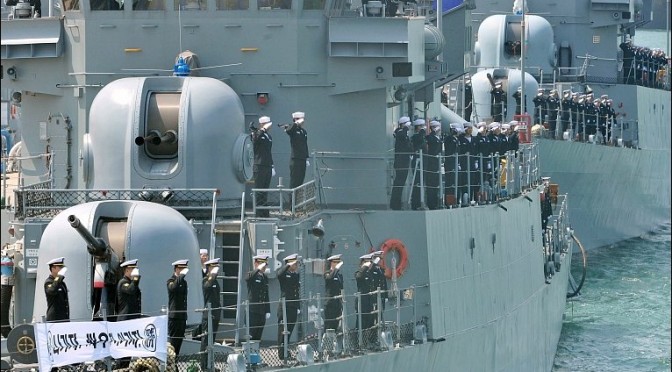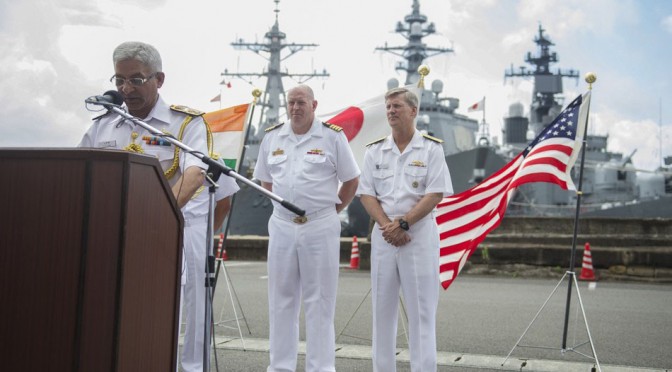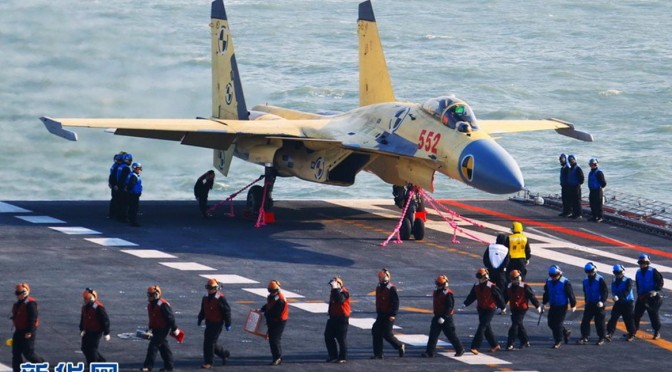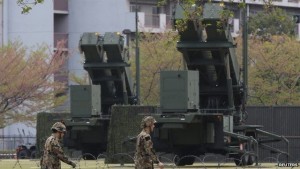By Sam Cohen
Welcome to part one of the March 2016 members’ roundup. Over the past month CIMSEC members have examined several international maritime security issues, including an increase in Russian naval activities and deployments, recent U.S. naval exercises demonstrating the Fleets’ application of the distributed lethality concept, laser technologies and the U.S. defense acquisition program and as usual, the increasingly tense security environment in the Asia-Pacific.
Paul Pryce begins the roundup in the Asia-Pacific with a discussion, on what he refers to as, the new era in Singaporean defense procurement. In his article at Offiziere, Mr. Pryce highlights that previous procurement strategies for the country’s Navy have focused on acquiring mainly European designed vessels, either built specifically for Singapore or purchased following a short period of service in the initial European country. However, the planned construction of eight indigenous Independence-class littoral mission vessels beginning in 2016 and the expected procurement of a domestically built light aircraft carrier through 2021 suggests that the Singapore’s shipbuilding capacity and overall maritime force projection capabilities are becoming increasingly strengthened – a significant implication for Singapore’s role in South East Asian security dynamics.
[otw_shortcode_button href=”https://cimsec.org/buying-cimsec-war-bonds/18115″ size=”medium” icon_position=”right” shape=”round” color_class=”otw-blue”]Donate to CIMSEC![/otw_shortcode_button]
Alex Calvo, for Asian Military Review, discusses the challenge Taiwan faces in securing a replacement for its four aged hunter-killer submarines (SSKs), two of which are vintage Tench-class World War II boats while the other two were commissioned in the Netherlands in 1987 and 1988. Mr. Calvo explains how Europe has become reluctant to support Taiwanese military procurement needs for fear of angering China while the United States no longer produces SSKs. He suggests that Taiwan may look to Japan as an alternative source for its SSK replacement largely due to recent efforts by the Japanese shipbuilding industry to win the contract for the Royal Australian Navy’s SSK procurement requirements while also noting a lack of other feasible alternatives.
Kyle Mizokami, for Popular Mechanics, discusses China’s plans to establish aircraft carrier battle groups tasked with defense of the country’s territorial sovereignty, maritime rights and overseas interests both regionally and perhaps globally. Mr. Mizokami highlights the nature of China’s first operational aircraft carrier, the Liaoning, as he explains its training role and limited capacity to carry large numbers of combat capable aircraft. However, he also notes that China has confirmed the construction of the Dalian carrier, which will have more hangar space for support and combat aircraft – but will still only displace about 50 000 tons, or half that of a modern U.S. carrier.
Leaving the Asia-Pacific, Dave Majumdar outlines the implications of Russia’s planned massive live-fire nuclear exercise being conducted by two Project 955 Borei-class ballistic missile submarines deployed with the Northern Fleet. In his article at The National Interest, Mr. Majumdar explains how one of the missile boats will sequentially launch all sixteen of its RSM-56 Bulava missiles at a depth of 164ft while highlighting that such an exercise, whether a U.S. or Russian ballistic missile boat, would only launch their entire payload in conflict as part of full-scale retaliatory or offensive nuclear strike. In a second article at The National Interest, Mr. Majumdar discusses the spotting of a Russian Project 667 BDRM Delfin-class ballistic missile submarine near French territorial waters – the boat carries sixteen missiles capable of carrying four nuclear warheads each with a range of 7500 miles.
Bryan McGrath, for the War on the Rocks, provides the ‘First Principles’ that will help guide the difficult task of structuring the U.S. Navy’s future fleet. Mr. McGrath emphasizes that the Navy must be sized and shaped into a fleet that allows for both combat-credible and presence forces to be positioned globally in a manner that secures national interests while effectively deterring major power conflict. He also mentions the implementation of the distributed lethality concept, where individual platform lethality is increased even as the force becomes geographically dispersed. On this point, Mr. McGrath argues that an individual combat capacity increase should not compel policy makers to reduce the size of the fleet, as one does not necessarily balance the others strategic importance. On the same topic at The National Interest, Dave Majumdar describes a recent test of the SM-6 missile where it was revealed that the system now retains effective anti-surface capability, a major step for distributed lethality implementation across the fleet.
Members at CIMSEC were also active elsewhere during the first part of March:
- Sam LaGrone, for S. Naval Institute News, discusses a recent U.S. intelligence assessment of Chinese military capabilities in the South China Sea and the misleading statements Beijing has released concerning the ‘defensive’ nature of combat systems on its regional artificial islands. In a second article at USNI News, Mr. LaGrone explains the situation of the presumed sinking of a North Korean submarine, which likely occurred in the Sea of Japan/ East Sea.
- Kyle Mizokami, for Popular Mechanics, provides an analysis on the technological developments that have allowed lasers to enter military service with effective and useful capabilities. Mr. Mizokami notes that the U.S. Air Force, Army and Navy are all interested in deploying lasers across their forces with the Navy already fielding a laser aboard the Austin-class USS Ponce – while the rest of the fleet is anticipated to see large volumes of laser armament in the 2020-2021 timeframe.
- Ankit Panda, for The Diplomat, discusses the Indian-Japanese agreement concerning joint civilian infrastructure projects on the strategically significant Andaman and Nicobar Islands in the Bay of Bengal. Mr. Panda identifies that China’s maritime assertiveness in the East and South China Sea and its simultaneous interest in port infrastructure along the Indian Ocean littoral has driven Tokyo and New Delhi closer together – a trend apparent since the signing of the strategic partnership in 2006 between the two nations. In a second article at The Diplomat, Mr. Panda explains components of President Obama’s foreign policy outlook towards Asia and notes that a solid foundation for a ‘China containment strategy’ has been erected in the region with strong support from local allies.
- Robert Farley, also for The Diplomat, describes China’s dependence on military technologies acquired from foreign powers. Mr. Farley provides specific examples outlining the importance of foreign technology throughout the PLA, including aircraft carriers, missile defense systems, surface vessels, ground armored systems and several fighter aircraft. However, Mr. Farley notes that this dependence is weakening as domestic innovation and technological breakthroughs are occurring rapidly.
- Chuck Hill, for his Coast Guard Blog, provides an outlook for the future role and importance of the U.S. Coast Guard, highlighting its projected fleet size of nine frigate sized National Security Cutters and 25 light-frigate sized Offshore Patrol Cutters – an overall force of 34 surface combatants. In terms of personnel, the Coast Guard is already larger than the French and British navies and should therefore, according to Mr. Hill, be considered a significant maritime asset for U.S. national defense and a supplement to certain U.S. Naval operations. In a second article for his blog, Mr. Hill discusses the Sensor Hosting Autonomous Remote Craft (SHARC) and its possible uses for ASW and anti-drug smuggling operations. He also provides a video illustrating its unique features and special propulsion system.
CIMSEC has also recently (February) published a compendium discussing a range of strategies, challenges and policy options concerning Distributed Lethality. You can find a download link for all of the articles here.
At CIMSEC we encourage members to continue writing, either here on CIMSEC or through other means. You can assist us by emailing your works to dmp@cimsec.org.
Sam Cohen is currently studying Honors Specialization Political Science at Western University in Canada. His interests are in the fields of strategic studies and defense policy and management.
[otw_shortcode_button href=”https://cimsec.org/buying-cimsec-war-bonds/18115″ size=”medium” icon_position=”right” shape=”round” color_class=”otw-blue”]Donate to CIMSEC![/otw_shortcode_button]





